ASIA'S FUTURE CITIES: Can Manila avoid climate catastrophe as it teeters on the brink?
Manila is bracing for the next calamity. The forecasts are dire: for more potent typhoons, greater flooding, rising sea levels and the ever-present risk of a powerful earthquake. But nevertheless, complacency is an issue among some authorities and communities.
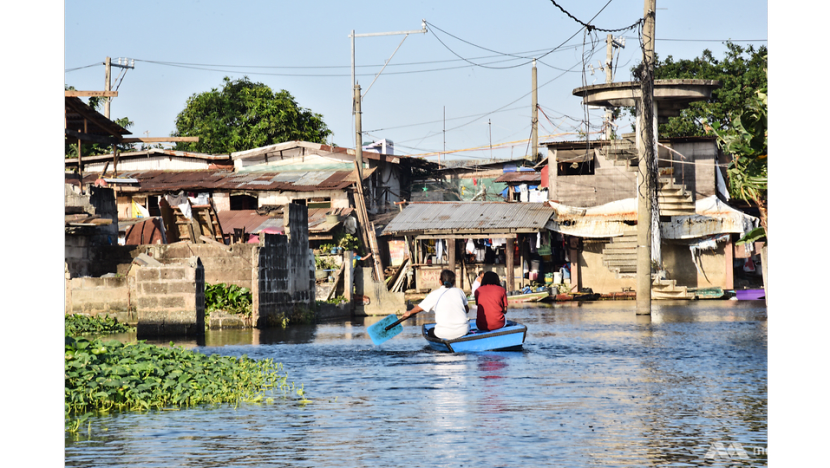
The Artex community in Malobon has been inundated for more than a decade. (Photo: Jack Board)
MANILA: When Typhoon Nesat hit Metro Manila in 2011, it was one of the most destructive typhoons the city had ever confronted.
Maricris Ramos was 23 at the time and recalls the pure fear that struck her community in Navotas, an exposed district facing Manila Bay.
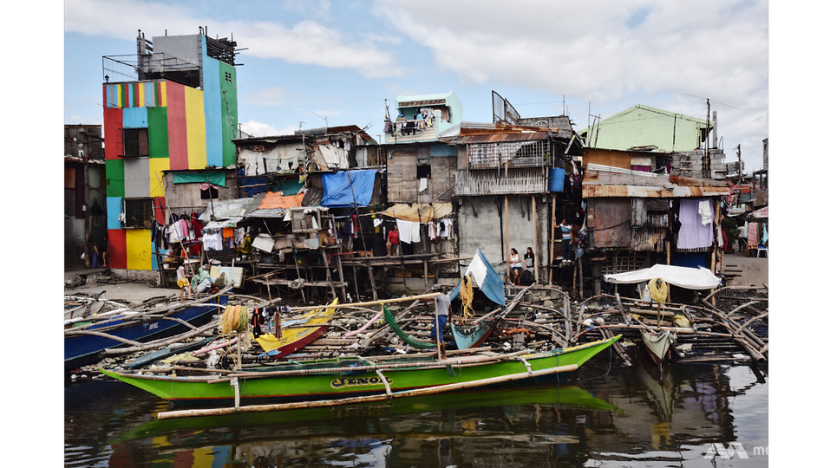
Over recent years, many residents living in vulnerable locations and informal housing in Navotas have been relocated to other parts of the metropolitan area. Those who remain are defiant but wary.
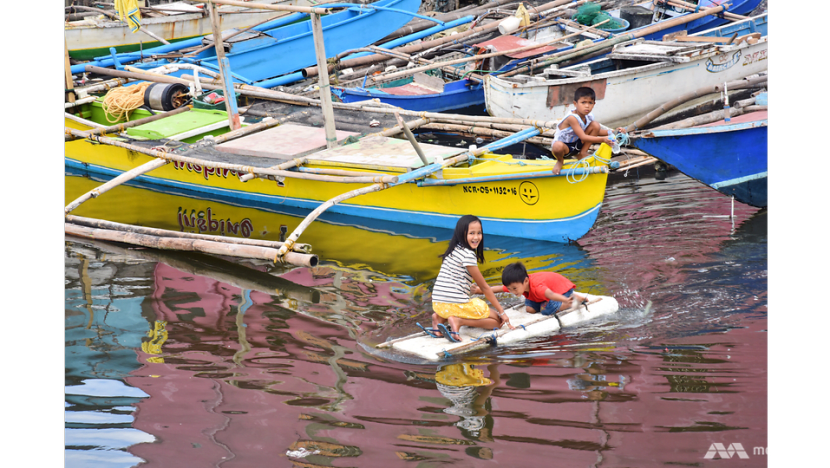
Every year, floods arrive regularly at this low-lying part of the city. But for more than a decade now, they have not receded. No one has seen the streets or land where their houses stand since then.
“The first time that the water rose, if I’m not mistaken, was in 1991, when Mount Pinatubo erupted. The water level would eventually subside but it would increase again during the rainy season,” said long-time resident Loida Lumagas.
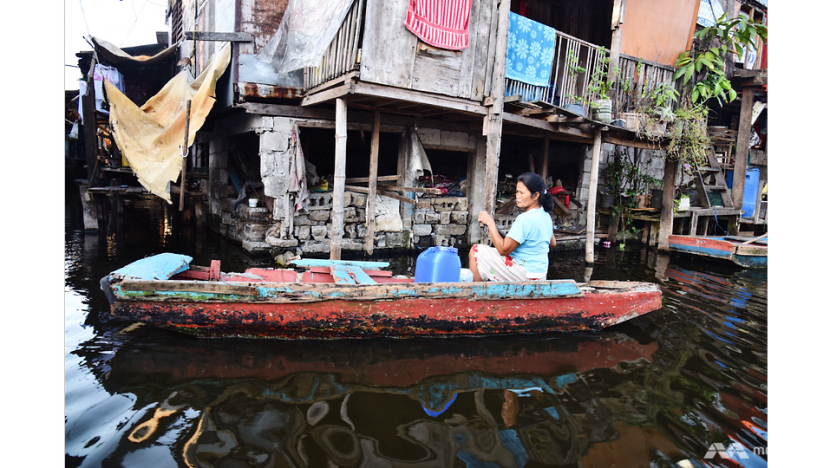
Still, they exist on the brink, just like millions of others throughout Manila.
The city is bracing for the next calamity. The forecasts are dire: for more potent typhoons, greater flooding, rising sea levels and the ever-present risk of a powerful earthquake.
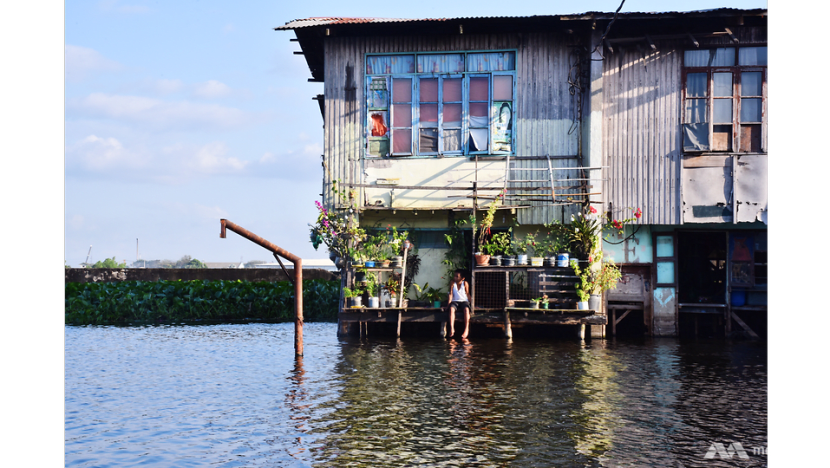
After the devastation of Tropical Storm Washi in late 2011, the government made an urgent call to bring together the country’s best minds to prevent future disasters.
Project NOAH was formed.
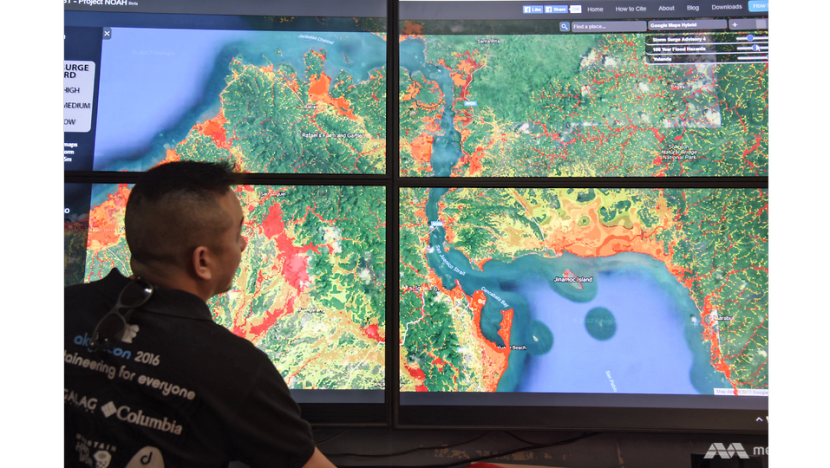
“You can think of it as a boat called Noah and that system will get us to go on a certain path, a path where we are safe.”
It is brave language at a time when even by the project’s own measures, Metro Manila is at its greatest risk of peril. And despite its reported achievements, NOAH itself had appeared on its final legs, being saved at the eleventh hour by the University of the Philippines late last month.
It was meant to have been disbanded as a project with its resources and activities re-allocated under the national weather bureau PAGASA. Lagmay continued his fight, however, to keep the group together, arguing that its effectiveness would be decimated if it was split up.
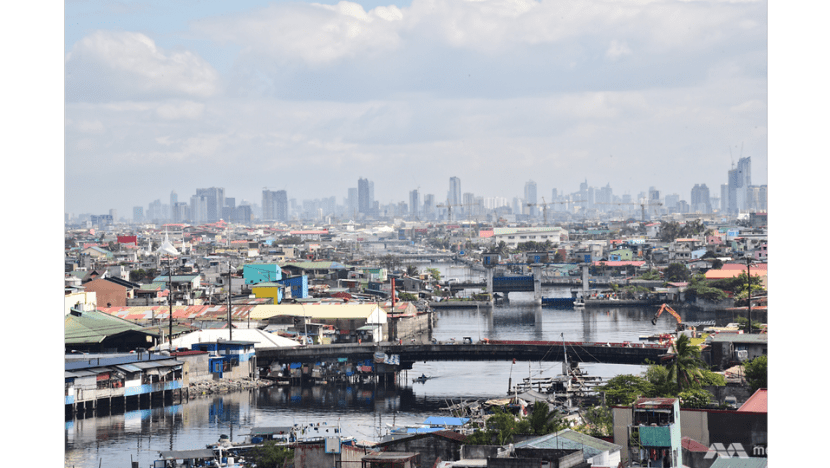
In turn, it has assisted Marikina to develop some of the leading anti-disaster measures in greater Manila. After the devastation of Typhoon Ondoy in 2009, when 70 people died in the city due to massive flooding, authorities there are now taking preventative measures against future storms bigger than Ondoy.
“When it comes to a plan for disaster preparedness, we are a benchmark urban centre. We are always looking at the worst-case scenario,” said Gloria Ory Buenaventura, head of the Marikina City Environment and Management Office.
While it has not been truly tested since 2009, Marikina has implemented a raft of preventative measures such as flood pumping stations on the river, a proper waste management system and disaster education for residents. With the use of mapping from Project NOAH, people living in flood prone areas have been relocated, despite some objections.
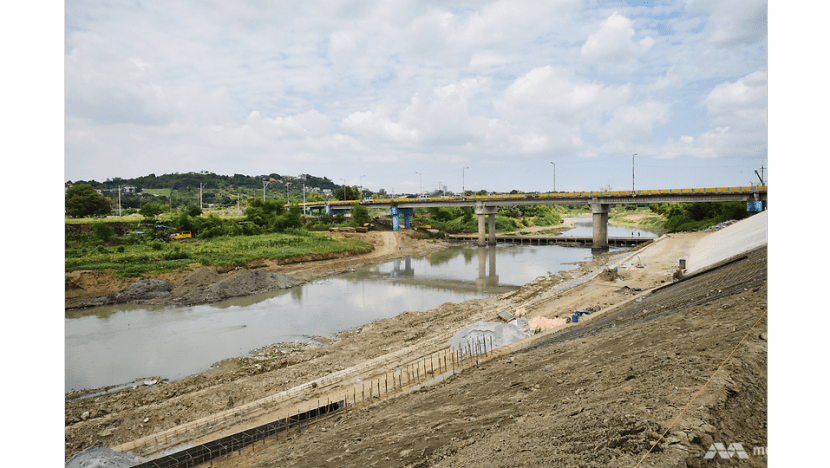
Back in Navotas, the local government’s own disaster team is one that sees little benefit to Project NOAH. “You just give me a map and colour the entire area yellow, all areas are critical,” said Vonne Villanueva, the city’s disaster risk reduction and management officer.
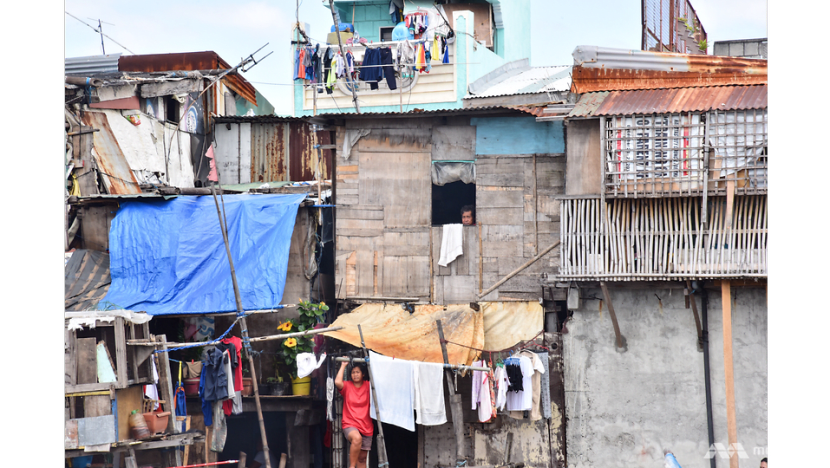
“From the get go – people need to understand - by its title it’s a project, it’s not an agency, it’s not a special commission,” he said.
Alferez now works daily with disaster-prone communities as the executive director of Community Crafts Association. He says local government units do not have the means or foresight to prevent weather events causing catastrophe.
“Why are not yet mainstreaming Project Noah? That’s the challenge now.”
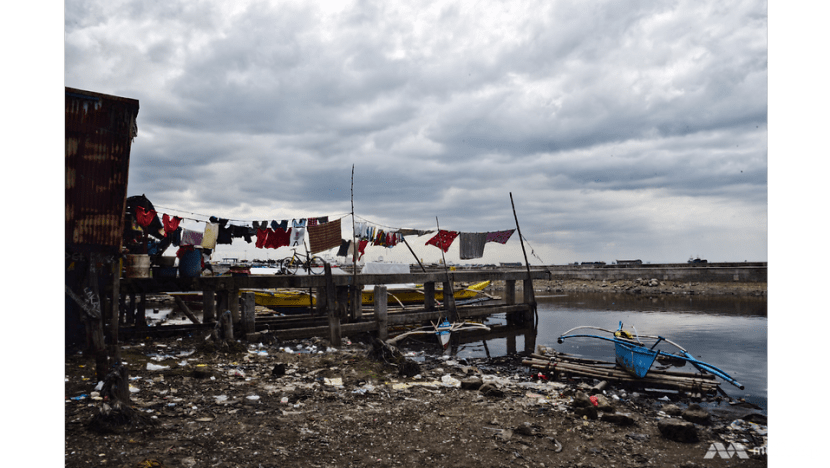
Manila has potentially fatal flaws. At least, that is according to prominent urban planner Paul Alcazaren.
By failing to plan properly for decades and decentralising power over the running of the city, doom is edging closer, he says.
“A lot of us will still probably die in the next calamity. That’s the reality. I don’t want to sugar coat anything,” he said. It is a forewarning backed up by data that shows more than 35,000 people would die in five minutes if a 7.2 magnitude earthquake hit Metro Manila.
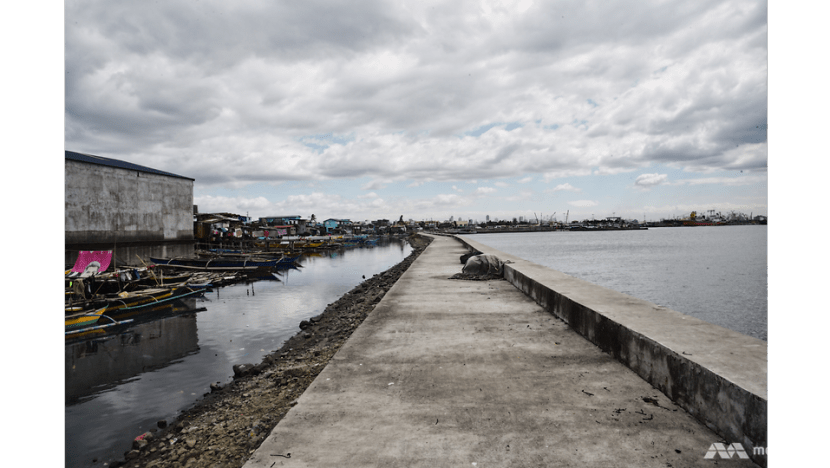
“It has always been reactive and it takes a different kind of leader to spell out what they want from their cities. They’re rare, and not only in the Philippines but around the world. So we work with what we have,” said Alferez.
Dr Mahar Lagmay’s alternate ideal fix is to decentralise the entire structure of the country to avoid calamity, by investing in rural areas to encourage development away from Manila, an idea dismissed by Alcazaren as “a pipe dream”.

“This is where we were born, this is where we grew up, this is where we had our families, this is where our parents grew old. Everything’s here,” said Maricris Ramos in Navotas.
Her emotional attachment is echoed by Loida Lumagas in flooded Artex. She says she does not fear climate change and has a rather brighter outlook on her changing world.
"What do I like most about this place, now that we have water here? The water itself."












